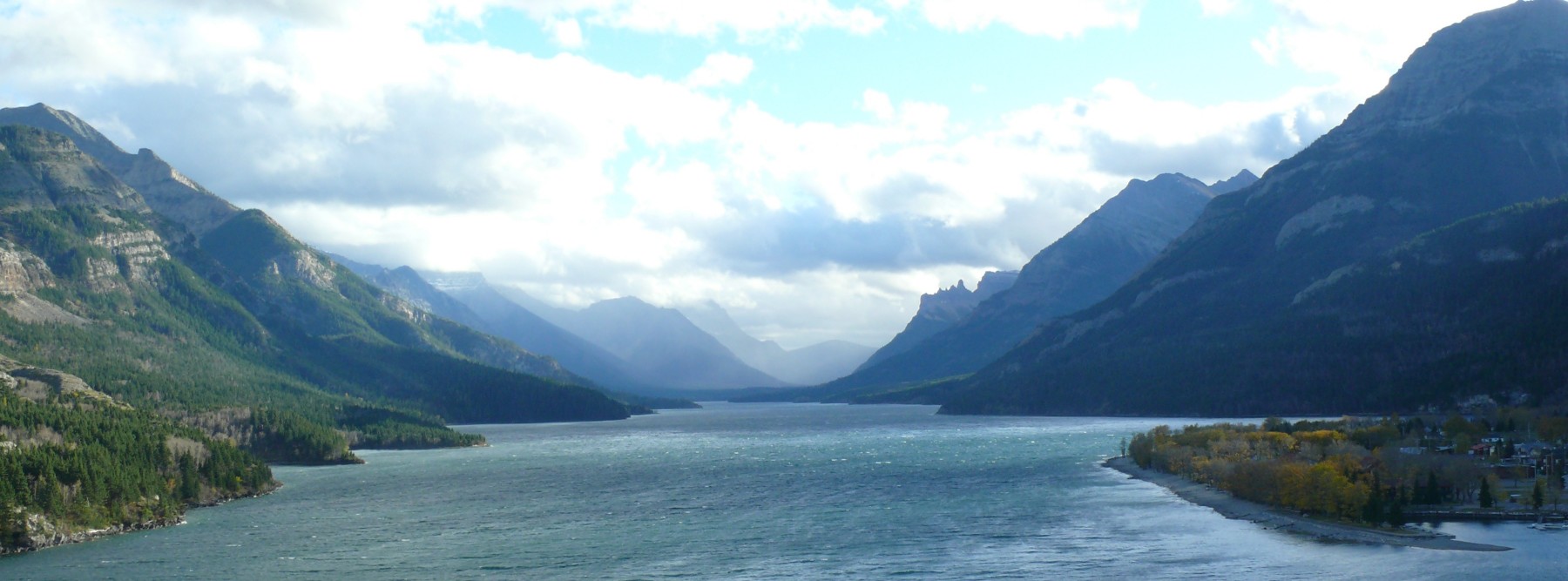
Pronghorn populations throughout North America declined from over 30 million in the 1800’s to less than 700,000 animals in 1997. This species has faced dramatic changes to its Great Plains habitat, including explosive oil development, as well as fragmentation due to road and fence construction. Heavy hunting pressure and disease were also major contributing factors to historic declines. Pronghorn in North Dakota may be adversely impacted by the recent oil boom, and are known to avoid well pads and associated roads. Furthermore, heavy winter snowfall and summer drought are likely to contribute to population fluctuations. My post-doctoral research with Dr. Mark Boyce at The University of Alberta, in collaboration with North Dakota Game and Fish, aims to identify the key drivers of pronghorn population change over the past 40 years. I am currently developing mixed effects models to assess long-term population trends for pronghorn, while estimating the effects of density dependence, oil and gas development, agricultural land use, winter severity, drought, hunting, and predators. This analysis will help us to understand and maintain healthy populations of this highly valued North American ungulate.
Visit my personal website (https://katiechristieresearch.wordpress.com/) for more information.
